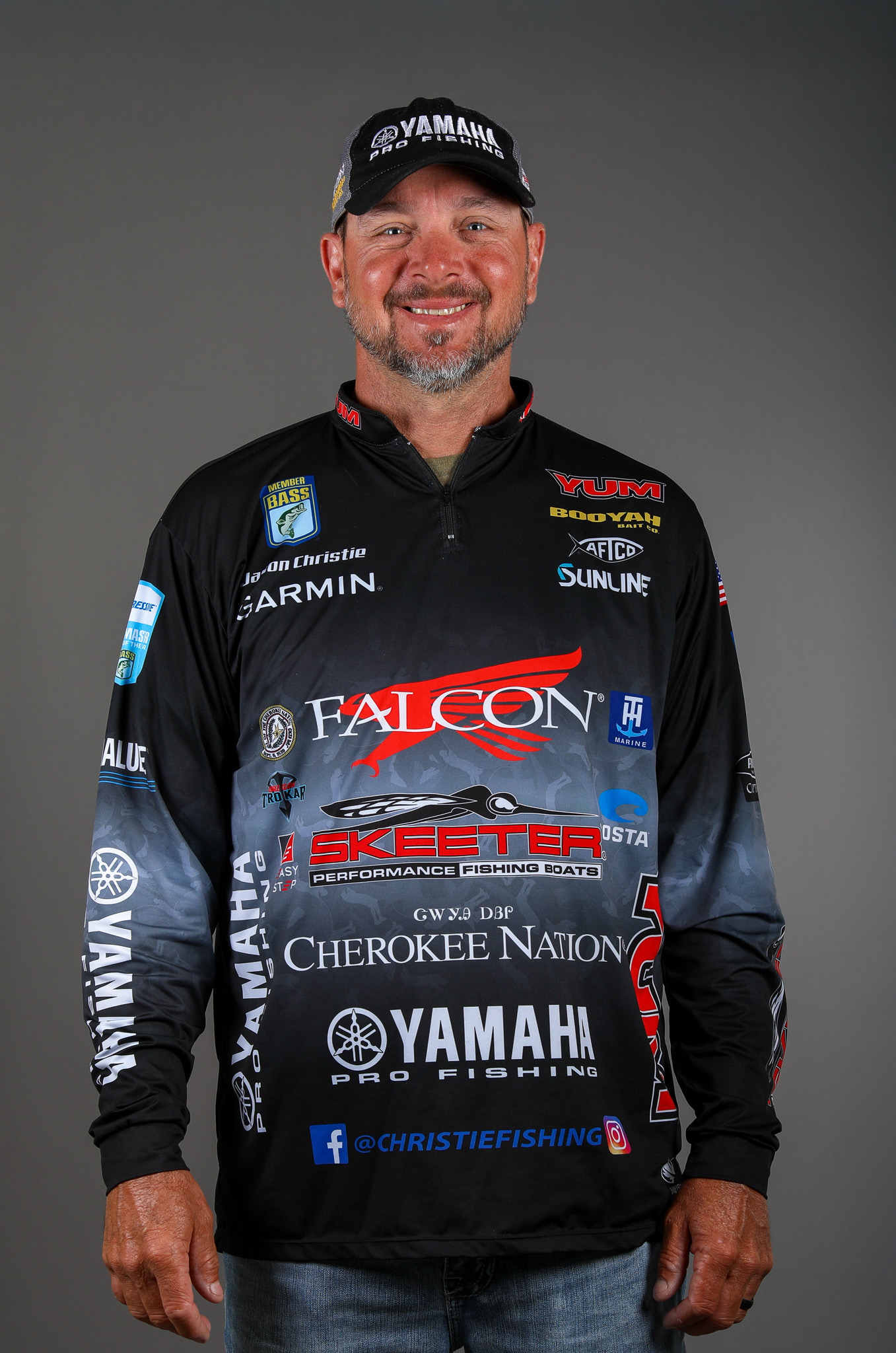There’s no question, if your local waters are not frozen over, you’re fishing in cold water. Largemouth bass know how to survive wherever they live, and with the exception of the shallow southern fisheries, deep water is the key to that plan.
This time of year, deep and slow is a good general strategy. The fish don’t feel like chasing down their meals, so you have to make it easy for them.
My specific baits will vary based on where I’m fishing, but in most cases, I have a lot of confidence in a jig, a swimbait and a deep diving crankbait. Here’s how I use them:
Jig
This is my first choice for deep winter fishing. I’ll use it when I think the fish are relating to the bottom. I like calm conditions because it’s harder to feel the bait and the bites when there’s a lot of wind and waves.
I’ll go with a ¾-ounce Booyah football jig with a green pumpkin skirt. I also like green pumpkin on the trailer, but I go with something that doesn’t have a lot of action like the YUM Craw Papi.
In the wintertime, it’s more about profile than action. The fish don’t see a lot of action this time of year, so I want my trailer to have a natural appearance.
That green pumpkin color is what I use when there’s a lot of sunlight, but on cloudy days, I’ll go with a black and blue trailer for contrast. It’s crazy how adding a dark trailer changes the whole look of your jig.
For a different look, you can also go with a black and blue jig and a green pumpkin trailer.
I fish my jigs on 12- to 16-pound Sunline Sniper fluorocarbon. I go with 12-pound when the water is really clear, but in lower visibility, I prefer the 16-pound line because it just slows down the bait.
Swimbait
A 5-inch YUM Money Minnow is what I use, and the river shad color works really well in the wintertime. Depending on the depth and the wind, I’ll fish this on a ½- to 1-ounce swimbait head. If I find there’s a lot of trees and brush on the bottom, I’ll replace the swimbait head with a 5/0 or 6/0 Trokar belly-weighted swimbait hook.
And here’s a tip: Most anglers know that sealing your swimbait to your leadhead with Super Glue will minimize wear and tear and eliminate the need to constantly readjust your bait. But if you’ll take the time to glue your bait to the swimbait head before you go out, it will dry faster than it will on the water.
To me, the swimbait fishing is like the old school grub fishing. You get a target depth and then just slow roll it along the ledge. Once you know the depth they’re in, either from looking on your electronics or catching one on a jig, you can slowly bring that swimbait through the strike zone.
Crankbait
On days when the fish are definitely relating to the bottom and I want to show them something other than a jig, a deep diving crankbait will give them a different look. For this, I do best with crawdad colors or firetiger.
It’s a lot like cranking deep ledges in the summertime, except when you’re cranking in the wintertime, you’re not going to get as many bites. But the trade-off is that when you do get a bite, it could be the biggest fish you catch that day.
Also, in the summertime, we tend to reel pretty fast, make bottom contact and really burn it to get that reaction strike. I also want that reaction strike in the winter, but I use a different strategy. I reel my crankbait pretty fast to make bottom contact, but once I get it down there, I slow it down and just dig.
Another tip: In the wintertime, I throw a crankbait that’s a little bigger than the depth I need. For instance, if I’m fishing 10-15 feet, I can usually hit that with a Bomber BD6, but in the wintertime, I’ll throw a BD7.
It’s a little bigger bait and it lets me stay in contact better while I’m reeling on that slower speed. I’ll also use a Lew’s reel with a slower gear ratio, like a 5.4:1 with 10- to 12-pound line.
I’ll fish all three of these baits in the same types of habitat – drops near deep water, creek channel turns and areas with cover. In the wintertime, fish like that hard cover, whether it’s rock, stumps or logs.
Wherever you end up fishing, remember that you can still catch largemouth bass in the wintertime, but you’re usually going to have to fish deep and fish slowly.





